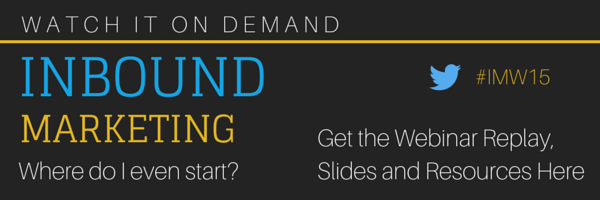- Apr 1, 2015
- By Aly Schweigert
- In Content Marketing
Memes 101: How to Be Funny on the Internet

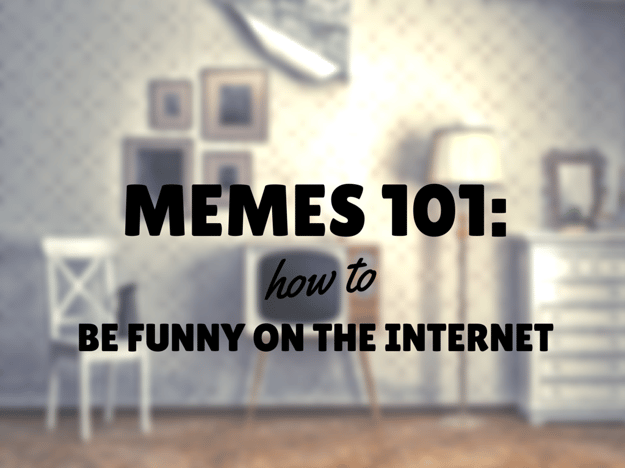
I’ve written before on the importance of finding your brand’s voice — and I’ve talked about why B2B and B2C companies alike shouldn’t be afraid of personality.
Download our Marketing Effectiveness Checklist to help improve and enhance your overall marketing efforts.
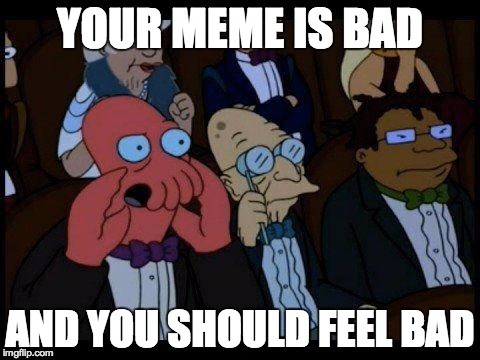
What every girl loves: a screaming lobster dressed in a tuxedo.
In my opinion, some of the funniest brands understand the context of the time. For me, memes are a great way to rhetorically connect with your audience.
And, bonus points, being funny is a great way to quickly add some spice to your social media accounts.
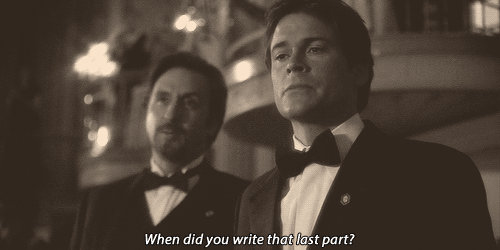
Wait, what? What’s a meme?
A meme, a term coined by Richard Dawkins, is defined as “an idea, behavior, or style that spreads from person to person within a culture.” Simply put, a meme is a viral image, gif or video that captures context better than text alone. Here’s an example:
Remember when Rick Rolling was a thing? People would hide links to the video, disguised as other links to Wikipedia pages. People made gifs. People hid the now-infamous lyrics in the most inconspicuous places:
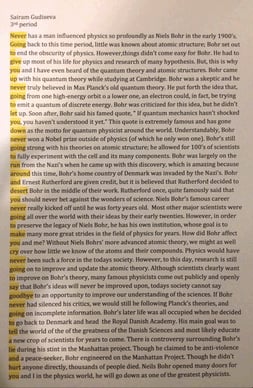
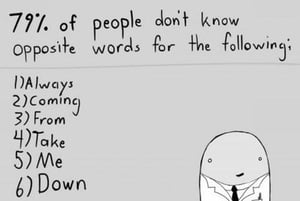
People reacted to Rick Rolling in a powerful way — Rick Astley was invited to sing his 1987 smash hit at the Macy’s Thanksgiving Day Parade in 2008 — and when I think of Rick Rolling, I’m taken back to the early 2000s. If I’m Rick Rolled, I will always laugh/groan. It has vast contextual meaning for me.
And so….
Welcome to the Internet. I’ll be your guide.
Meme’s are only one small part of how to be funny on the internet and delight customers, a vital part of any good content marketing strategy. If memes don’t work for you and your brand, don’t worry about it — be you, and customers will respond! For now, though, let’s talk about how to make memes work.
Memes follow patterns.
Memes are powerful when used correctly. When used incorrectly, memes are, well, dumb.
Take the “Brace Yourself” meme, for example. This meme is a personal favorite of Cleriti’s Inbound Marketing Coordinator, Matt Barthel (hi, Matt!). Here’s the image and text the meme is based on:
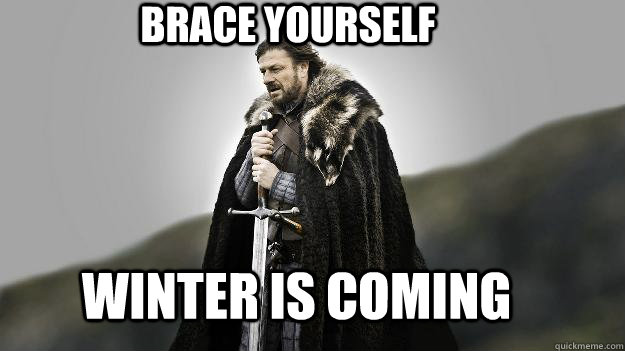
This is a still from the first season of Game of Thrones, Sean Bean’s character Eddard Stark says the line, “Brace yourself. Winter is coming.” The line is a reference to the House Stark family motto, the impending doom of winter’s return, and the inevitable horror of life.
The meme is powerful when reproduced in the right context, which follows a pattern: brace yourself/selves, X is coming, and while X can be negative (see: impending doom and horror of life comment in above paragraph), positive variations exist. The main goal is to fill in X with something contextually relevant.
Here are some examples:
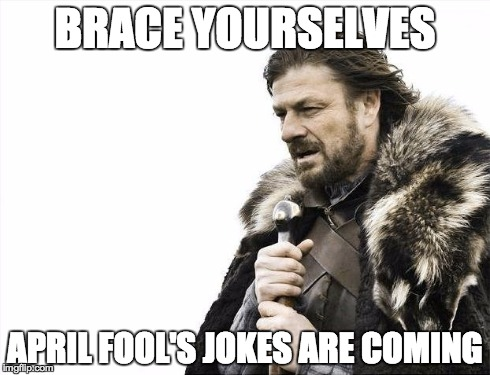
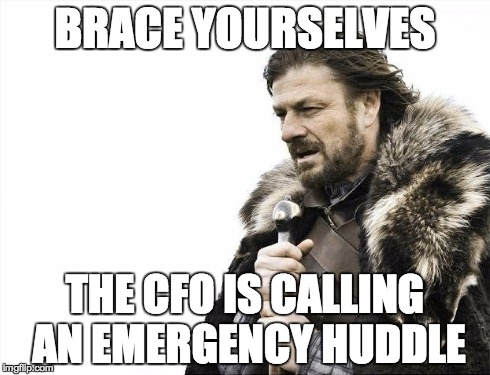
Right = powerful
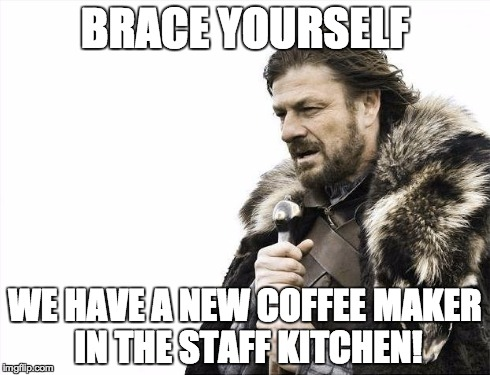
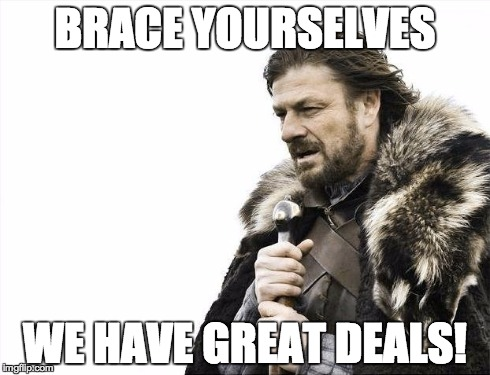
Wrong = dumb
Why doesn’t the meme work when you’re talking about coffee machines? Because it breaks the context it was designed for. And that’s why you have to research memes — like any other content your company produces, and just like your buyer personas — you can’t jump into a conversation without understanding the rules, and you can’t make memes all willy nilly without understanding the patterns.
Context is vital to any content, even a joke.
“What does this mean for me and my business? We’re a B2B retirement home looking for marketing tips. Why am I watching a Rick Astley music video?”
...you might ask.
Well…Mainly I wanted to write a blog post with funny pictures and The West Wing gifs.
But I also wanted to highlight the importance of context in marketing. If a meme is used incorrectly, it’s useless — people won’t click, people won’t laugh. If you research your context and create the right content for the right audience at the right time, well...you just might be funny.
Maybe.
Do you have any examples of memes gone wrong? Share your best/worst memes in the comments below!



